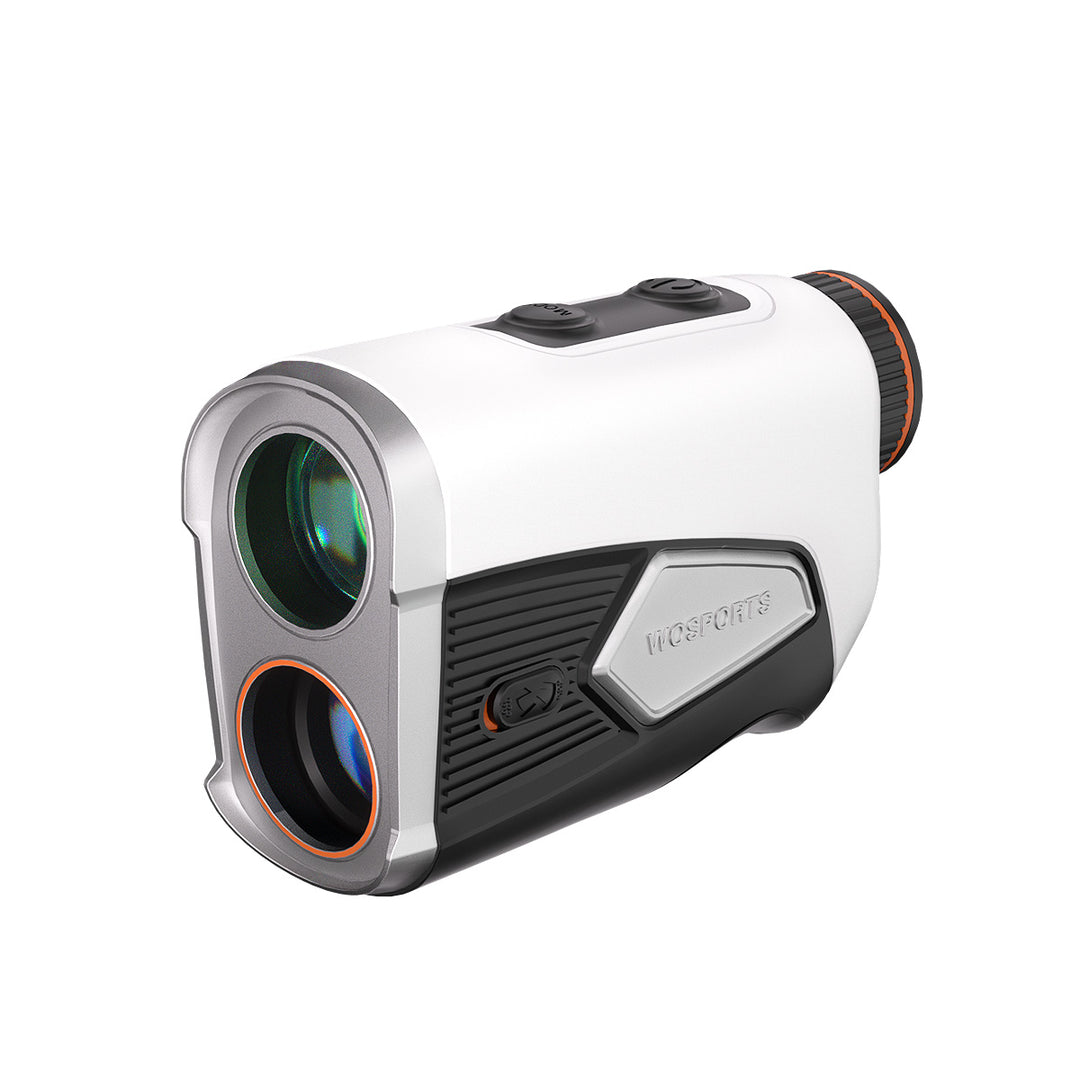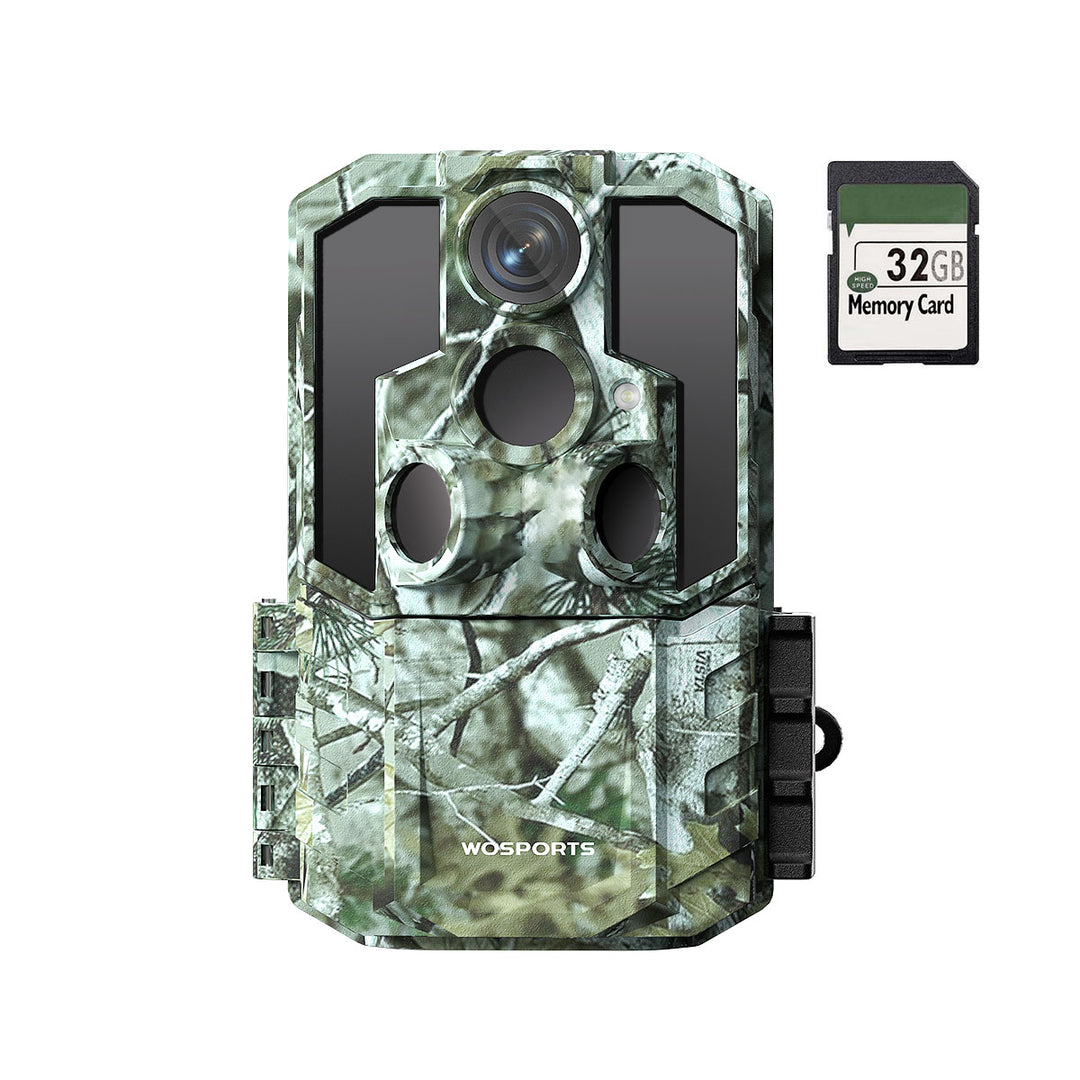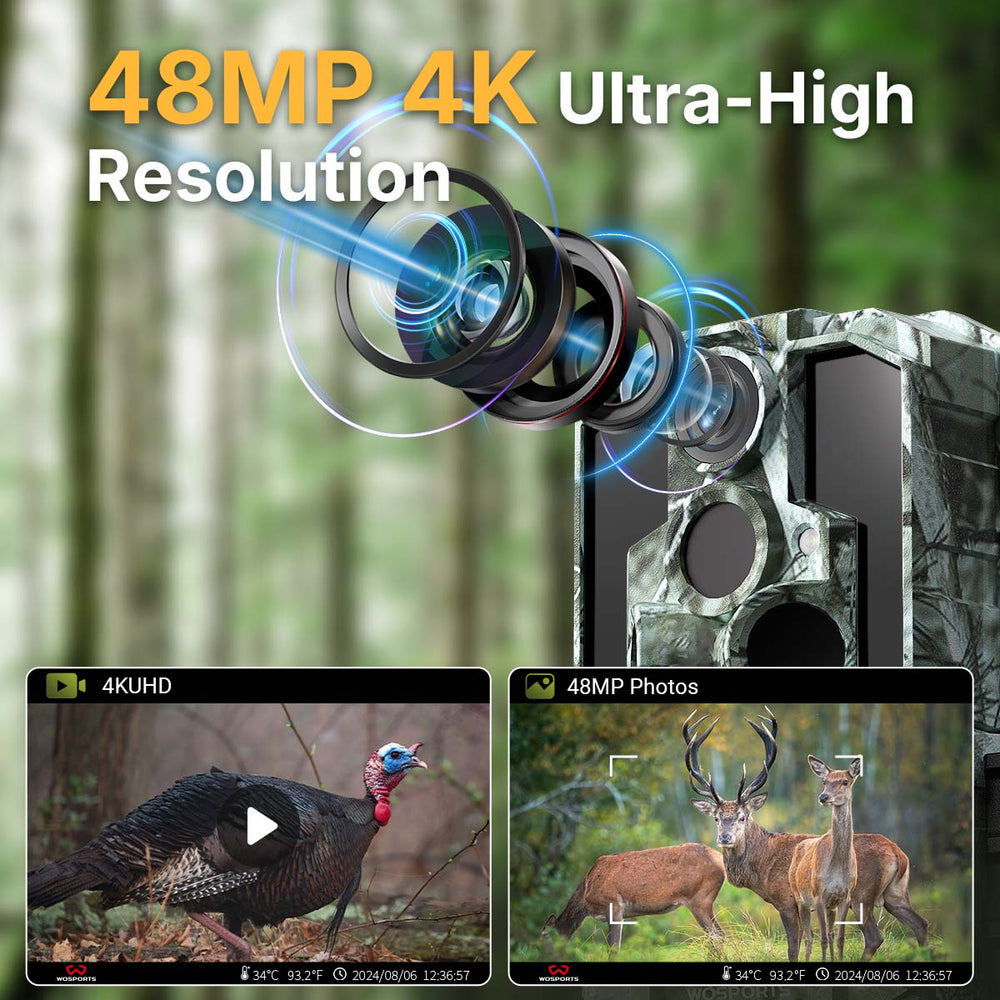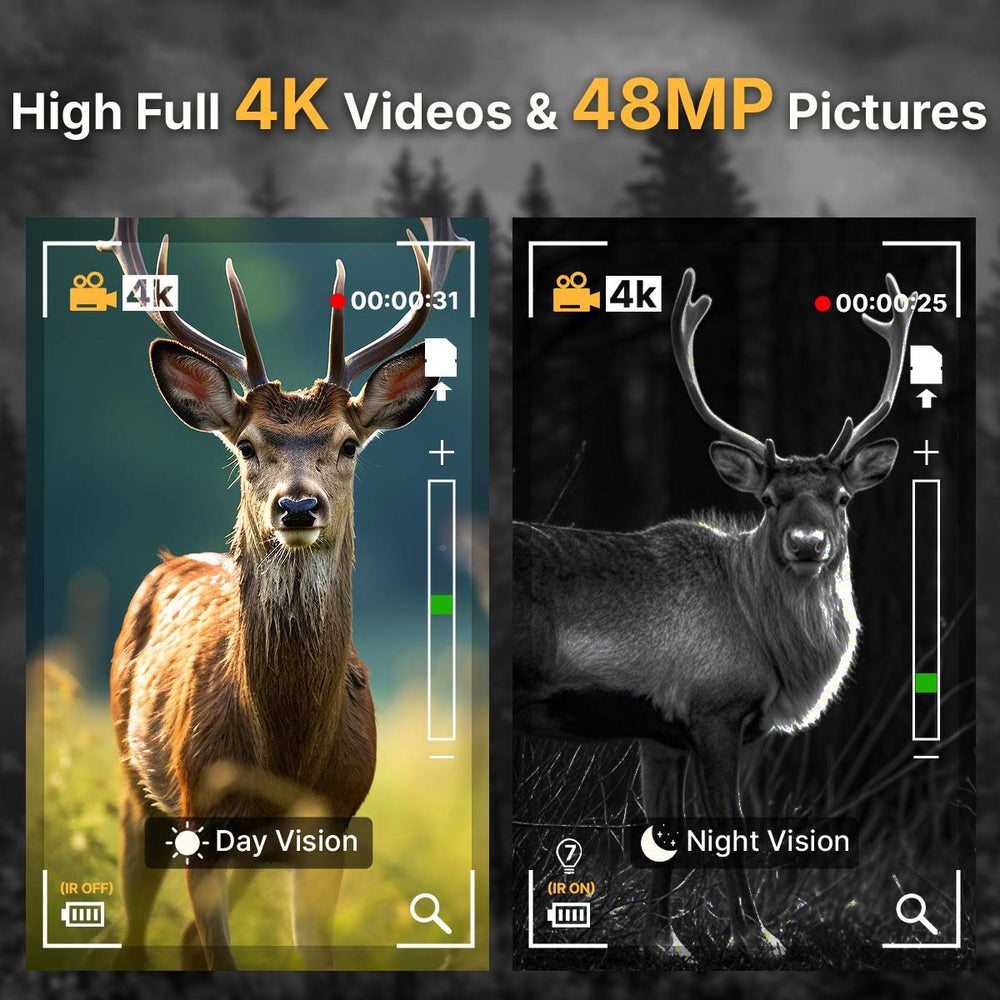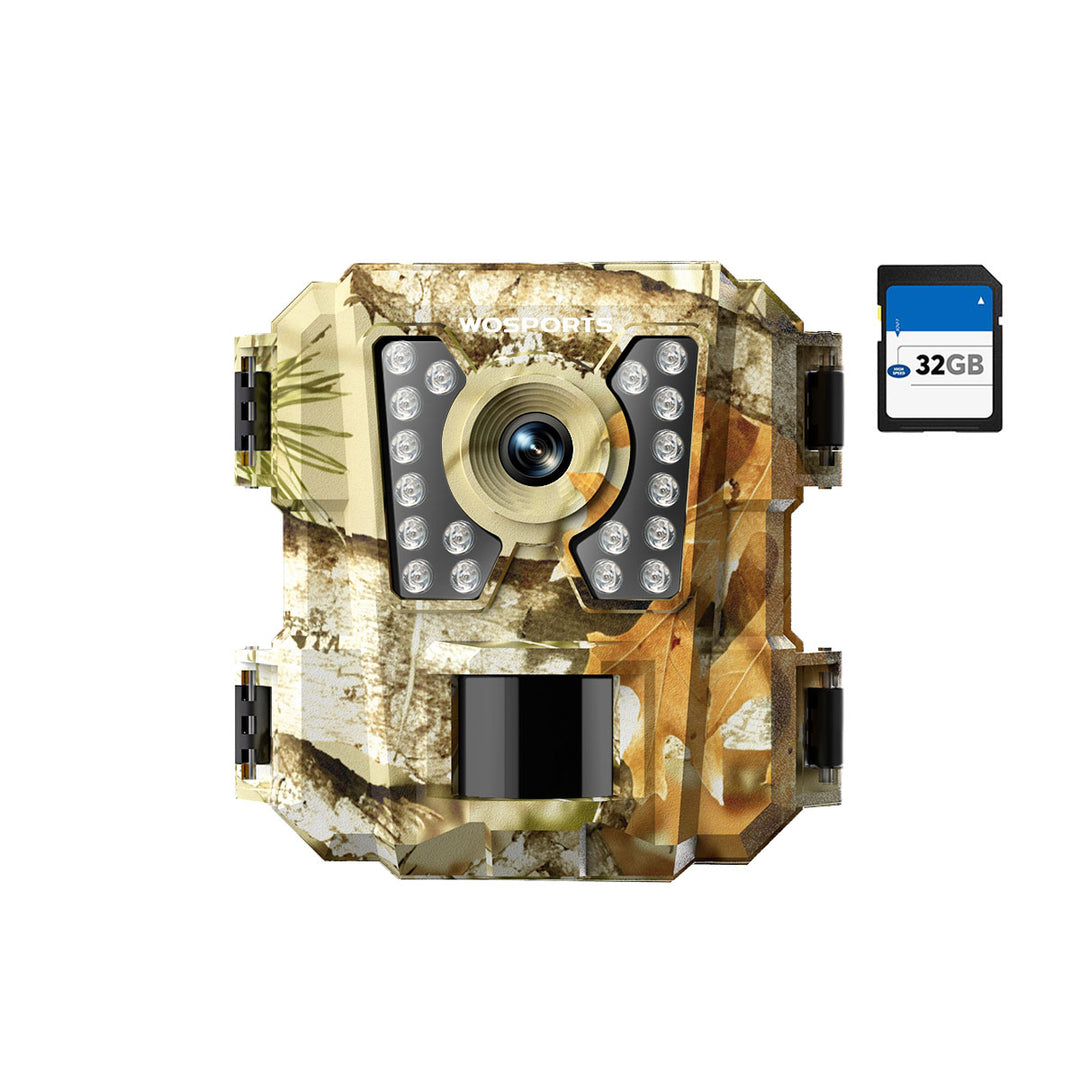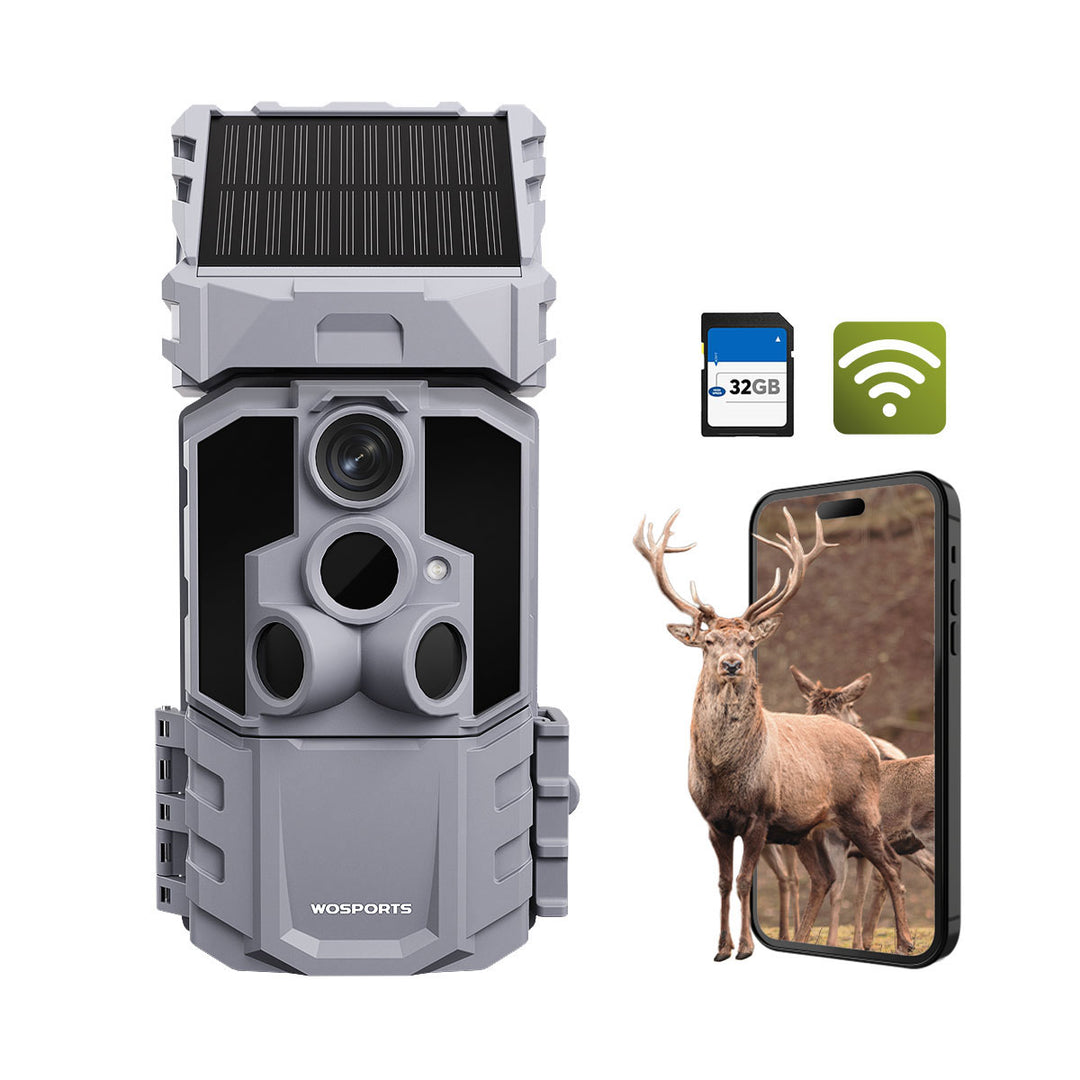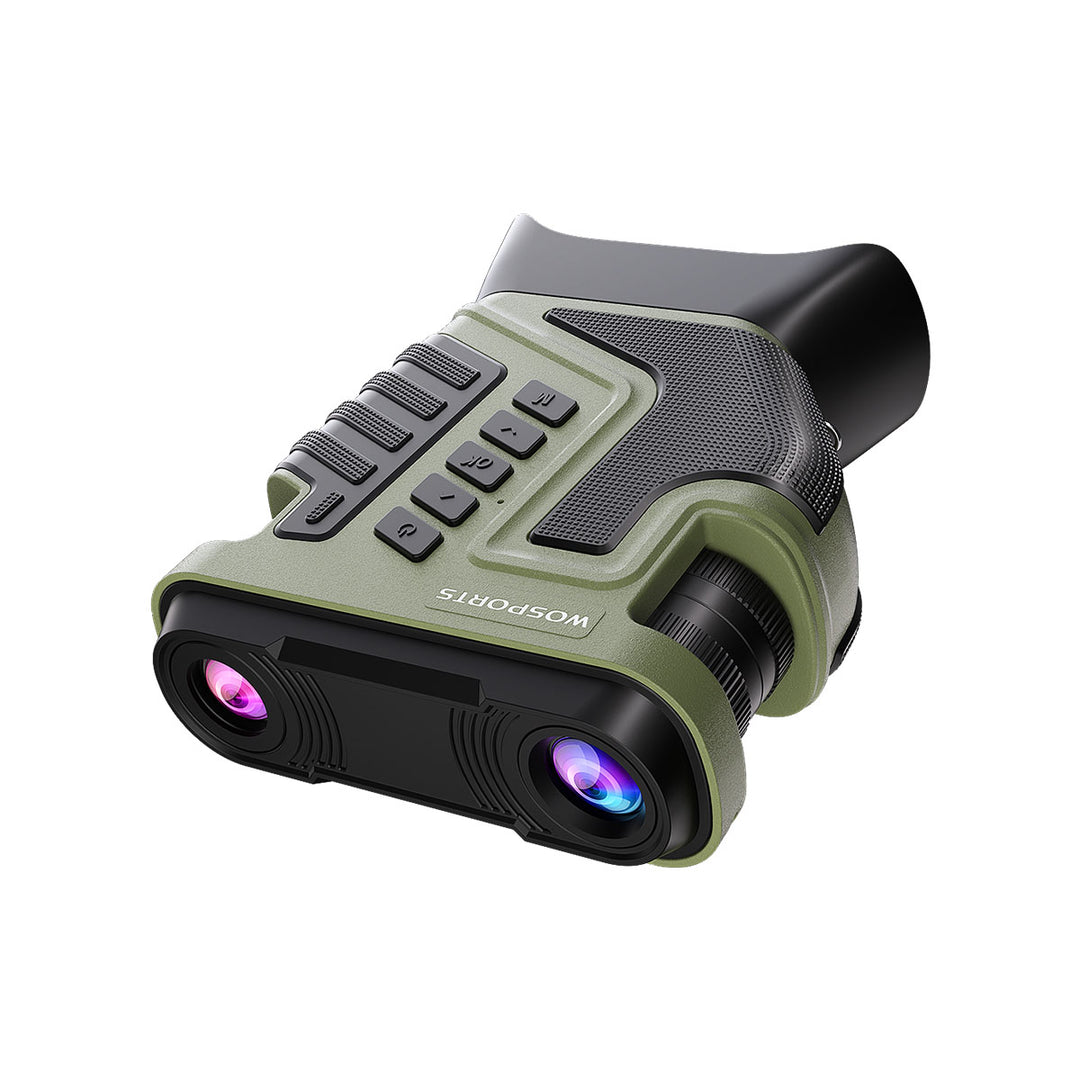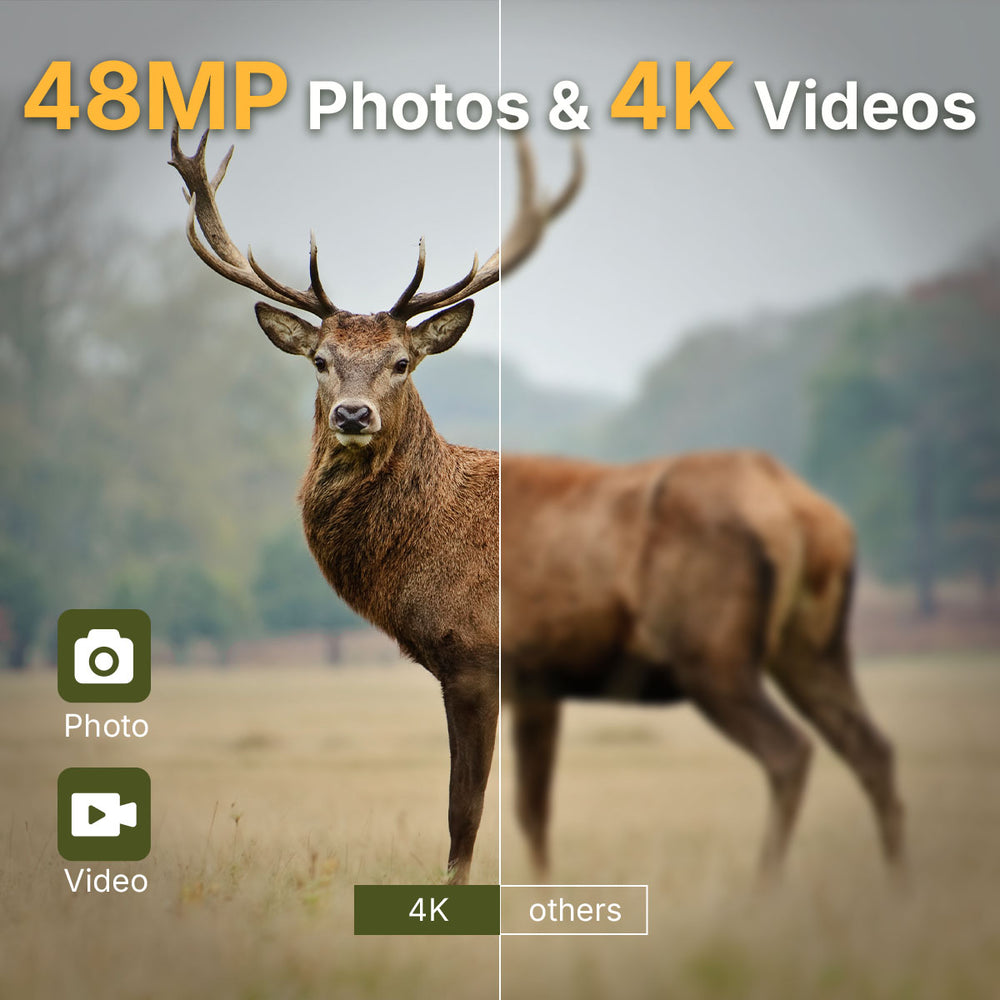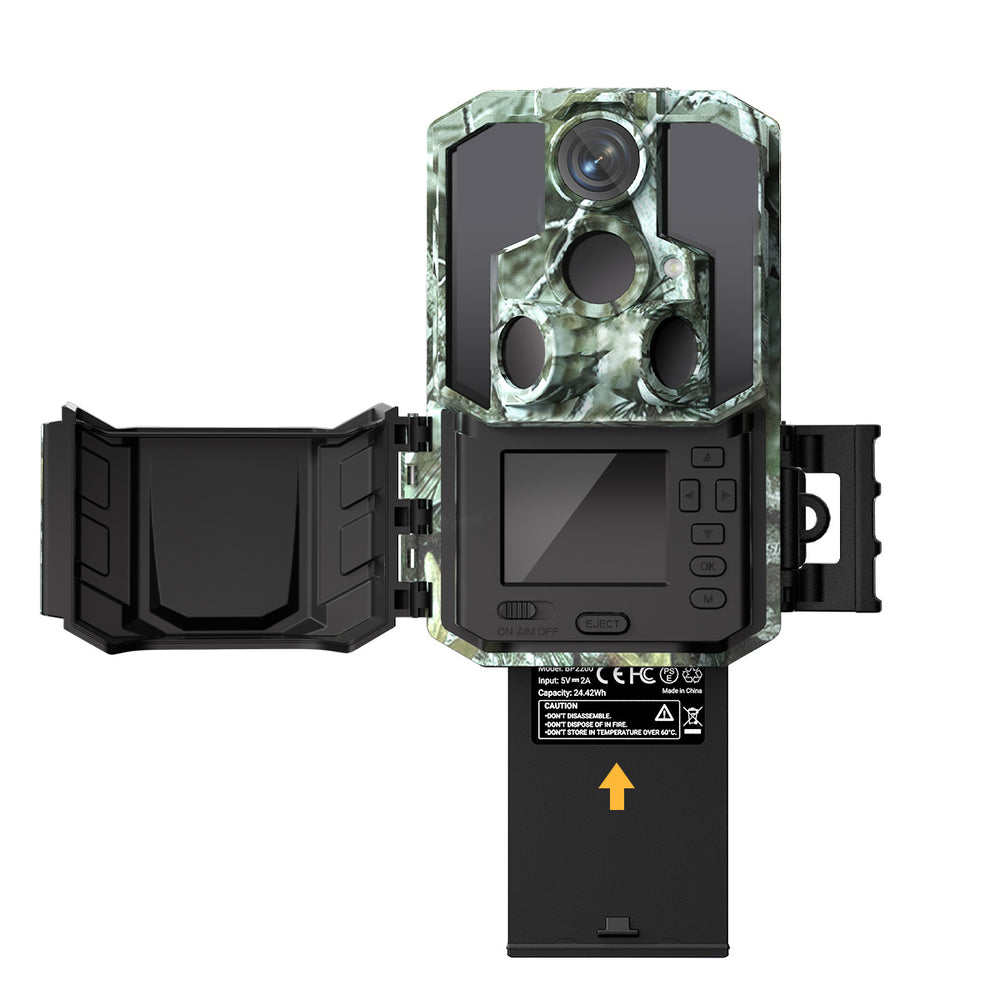Can You Use a Hunting Rangefinder for Golf?
Many golfers who already own a hunting rangefinder often wonder: “Can I just use this for golf too?” At first glance, both hunting and golf rangefinders look similar—they use laser technology to measure distance. While both devices work on the same principle, they are designed and calibrated for completely different purposes.
How Laser Rangefinders Work
Golf and hunting finders both use a laser flash to find out how far away something is. The tool zaps a laser at what you're aiming for, and when the light comes back, it figures out the distance by how long it took.
They work the same way inside, but they're different in what they focus on. This is why your finder might lock onto a far-off deer instead of a flag waving in the wind.
Main Differences Between Hunting and Golf Rangefinders
1. Target Priority System
This is the biggest difference between the two.
Hunting rangefinders usually have a First Target Priority setting (it can also be called Last Target Priority). This helps when you're trying to spot an animal that's partly hidden by bushes or trees; the rangefinder ignores the stuff in front to find what's behind it.
Golf rangefinders use something called Flag Lock or Pin-Seeker Mode. They're built to find the nearest, smallest thing – the flag on the green. They ignore everything behind it.
That's why if you try to use a hunting rangefinder on a golf course, it might pick up the trees behind the green instead of the flag, giving you the wrong distance.
2. Slope Compensation
Slope Compensation is a feature designed specifically for golf. It figures out how going uphill or downhill messes with how far the ball really goes. This helps you pick the right club.
Most hunting rangefinders don't use this 'cause hunters usually shoot on flat ground. Or, they have other ways to figure out the distance.
Golf rangefinders, like the WOSPORTS L06, have this Slope thing built in. You get the real distance, so you know how far to hit it every time.

3. Display Type and Visibility
Since golf is usually played in bright sunlight, regular LCD screens can be hard to read. Because of this, a lot of golf rangefinders now use red OLED displays. These stay clear and easy to see, no matter how bright it is.
Hunting rangefinders, though, are usually better for dim light, like early morning or late evening, when animals are moving around. Their screens might not be that good when it's really sunny.

4. Magnification and Field of View
Hunting rangefinders often have higher magnification (8x or more) and a wider view, which helps you find targets far away.
Golf rangefinders, on the other hand, focus on stability and clear images at closer distances. They tend to use 6x–7x magnification, which gives you a more stable view when you're holding it.

5. Design and Weatherproofing
Hunting rangefinders are built to handle tough outdoor environments—mud, rain, and rough handling. They tend to be bulkier and more rugged. Golf rangefinders, by contrast, emphasize lightweight and ergonomic design, often with magnetic mounts for quick attachment to a golf cart or club.
Difference Between Golf Rangefinders and Hunting Rangefinders>>
Can You Use a Hunting Rangefinder for Golf?
Technically—yes, you can. The hunting rangefinder will nevertheless give a precise distance measurement.
On the other hand, the user will have to cope with some difficulties:
Instead of the flag, it may capture the background objects.
The readings may vary due to the difference in the target-priority.
The reading may be difficult to see when the sun is shining.
The user will not receive slope-adjusted distances for going up or down shots.
Therefore, hunting rangefinder could be used as a backup in a situation when a golfing rangefinder is not available but it will definitely not have the speed, reliability, and precision that are expected by the golfers during the game.
FAQ: Golf vs. Hunting Rangefinders
Q1: Are golf and hunting rangefinders the same?
No, they aren’t. Though their operation is based on the same laser principle, eventually they differ in prioritization of the target, the type of display, and the overall design purpose.
Q2: Can a golf rangefinder be used for hunting?
You can use it, but it’s not the best choice—golf models do not have the long-distance and ballistic settings required for hunting, thus making them unsuitable.
Q3: Does a hunting rangefinder have slope mode?
The majority of such devices do not have slope mode. Slope compensation is an exclusive feature for golfers that changes distances according to elevations.
Q4: Is slope mode legal in tournaments?
No. According to the USGA regulations, you are obliged to turn off the slope mode during competitive play.
Q5: What’s the ideal magnification for golf?
Magnification of 6x–7x is regarded as the most suitable for a stable image and accurate flag targeting.
Search
Popular Posts
Recent Posts

Nov 28, 2024
Troubleshooting Common Trail Camera Issues
Jan 10, 2025
Why Does My Trail Camera Stop Working at Night?

































